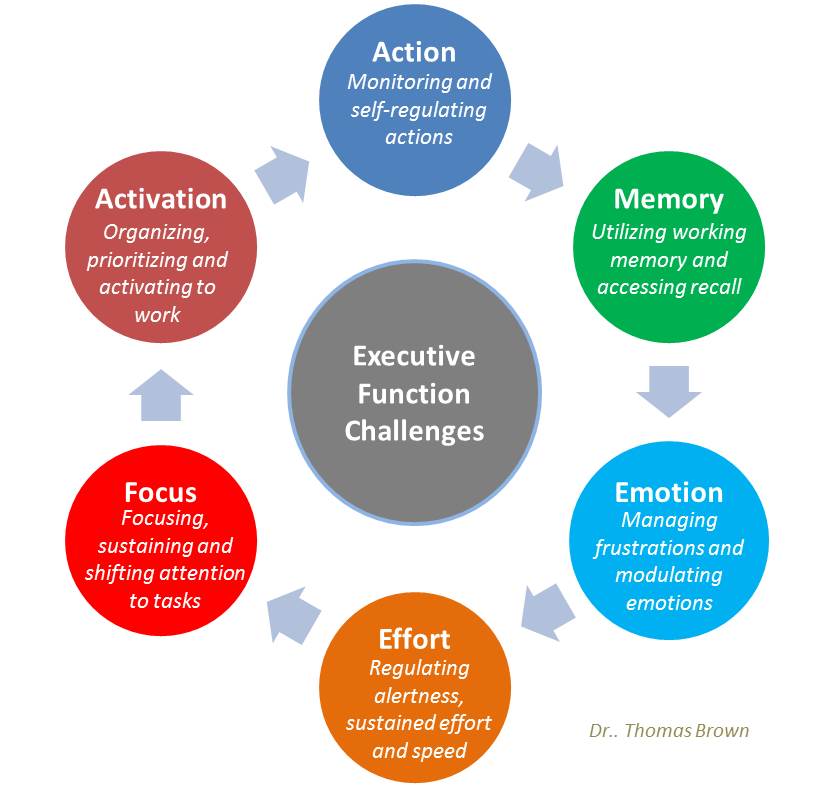Does music affect the brain?


Why do some people think that music can make you
clever, and is there any scientific basis to this claim?
The big buzz around this topic was possibly started by
Rauscher et al. in 1993, when they came up with the
Mozart Effect Theory.
Since then, countless replications and variations of
the original study have set out to determine the validity
of the theory and a huge amount of literature has fed
into the hopeful wishes of ordinary people and non.
But what is the Mozart effect, and where is the
evidence for it?
This article was first written as part of the assessment for the BSc Cognitive & Clinical Neuroscience and BSc Psychology at the University of Westminster
Authors: Alice Thomson & Francesca Siema
What is the “Mozart Effect”?

The Mozart Effect is a theory that suggests that a temporary increase in intelligence can be achieved after listening to Mozart’s Sonata for Two Pianos in D Major for 10 minutes (Rauscher et al., 1993). This experiment consisted of 36 college students taking 3 sets of standard IQ spatial reasoning tasks after either listening to 10 minutes of Mozart’s Sonata for Two Pianos in D major K.448, a relaxation tape or silence. The results showed that performance after listening to Mozart improved by about 8-9 IQ points compared to the other two conditions.
Due the high interest in the topic, many researchers looked into the phenomenon.
One of these studies was by Gilletta et al. (2003) to investigate the Mozart Effect and whether gender played any role in the intensity of it. The results showed a significant difference (improvement) in the “mental rotations task” for the female participants after listening to 8 minutes and 24 seconds of Mozart’s Sonata for Two Pianos in D Major K.448 in comparison to spending the same amount of time in silence or listening to only 4 minutes and 12 seconds of the piece. These results help to evidence the hypothesised Mozart Effect, however are limited as the effect was only observed in the female participants on one of the spatial reasoning tasks.
Other researchers who have conducted replications, variations and analyses surrounding the Mozart Effect have found evidence against the hypothesis. Some have also offered alternative theories such as the arousal theory. Lois Hetland (2000) conducted a meta-analysis that concluded that a limited Mozart Effect could be believed to exist though it is specific to one type of spatial reasoning task and is not limited only to Mozart’s music but is likely more reliant upon the complexity and symmetry of the composition than the composer himself.
On the opposite front, Steele, Bass & Crook (1999) replicated Rauscher et al. (1995) and followed the recommendations for replication laid out from them in 1998, to the letter. It included 125 participants randomly assigned to 3 conditions; a silent condition, a Mozart listening condition and a Glass listening condition. They were hoping to be able to replicate the original results and confirm the theory, however this experiment showed no significant difference in the scores of the Mozart listening condition that would support the Mozart Effect theory.
It did, however, suggest that mood was affected and that this could consequently impact performance on cognitive tasks as suggested in previous research such as Knealy (1997).
More recent research concluded that the original and successful Rauscher studies into the Mozart Effect were unlikely to have effects of lab affiliation, as no other researcher was actually being able to produce such a significant difference despite following the advice and guidelines set out by Rauscher et al (1993, 1995, 1998) (see also Pietschnig et al.,2010).
This explains why scientists would want us to keep our feet on the ground, the main reason being the lack of evidence or the fact that the evidence available doesn’t produce a difference significant enough, to allow us shouting out to the world that the Mozart effect is, indeed, a thing.
What about emotions?

A team from the University of Toronto led by Husain G, suggested that the available evidence points towards the “arousal-mood” hypothesis as an explanation. In their research, they specifically examine the effects of tempo and mode on spatial ability, arousal and mood (2002).
Arousal and mood are distinct, yet related, aspects of our brain’s emotional response, and the impact of music on them is well established (Husain G et al, 2002).
Mood usually refers to long lasting emotions: due to their long-term status, they can have a stronger impact on cognitive processes such as thinking and reasoning, as well as behavior. Arousal, on the other hand, refers to the degree of physiological or intense psychological response, which can activate on a perceptual or emotional level.
In the study, Husain G et al., examined whether the Mozart sonata used by Rauscher et al (1993,1995) had peculiarities which would influence arousal and mood in a way to affect spatial abilities, and if the effects on arousal and mood could be dissociated, by manipulating tempo and mode. Their hypothesis was that tempo was directly connected to arousal and that mode was
directly connected to mood. They created four versions of the Mozart Sonata manipulating tempo and mode (fast-major, fast-minor, slow-major, slow-minor) and subsequently performed a test of spatial abilities on four different groups of people. Their results (see on the right) back the arousal hypothesis: it links the improved cognitive performance to the mood of the participant that happened to be caused by the music, rather than the improvement being directly caused by the music itself.
However, we could stretch that these very results could be interpreted as support of the Mozart effect as, at the end of it, they show that there is a direct link between exposure to music and spatial abilities, even though they act on different complex dynamics and not acpriming effect (see also Husain G. et al. 2002).

Neuroscience and musical training

Neuroscientists seem to think that music allows us to utilise skills that we wouldn’t necessarily be able to access otherwise, however the results show that the major impact on our cognitive abilities is achieved through training in music rather than listening to it. In a study published in 2014, Moreno et al. have demonstrated that music training has a differential effect on the brain networks that support executive functions. In other words, the skills developed during music training involve unique patterns of brain activations also used when performing other tasks that are not related to music. The study also refers to previous findings that demonstrated how music training reduces the effects of age-related sensory loss (Zendel & Alain, 2012) and that the use of working memory, selective attention and inhibition, not to mention task switching, updating and monitoring, are all involved in the process of learning music theory (Miyake and Shah, 1999). When investigating the relationship between music training and working memory, George and Coch (2011) found a relation between musical experience and higher working memory performance in both auditory and visual modalities. Further studies also demonstrated similar results on children after only 4 weeks of exposure.
“Music allows us to utilise skills that we wouldn’t necessarily be able to access otherwise“

One of these studies has been conducted by Sylvain Moreno et al in 2011. In the study, the team analysed the effects of two interactive computerised training programs which were specifically developed for preschool children: one program was a course in music, the other one a course in visual arts. The results after the post-tests reported that only the music group showed significant improvement in intelligence scores after training, with a major evidence in the verbal test with a 90% of improvement within the music group. These results evidence the strong link between music and language and how verbal performance can be improved independently of spatial performance. The explanation for this could be that music and other cognitive activities overlap in the way they process information.
To summarise, it seems to be broadly demonstrated that music had the powerful ability to induce brain plasticity and to transfer skills (Moreno et al, 2011). These results were confirmed in 2013 by Arnaud Cabanac et al. who analysed the academic results of students undertaking formal music training compared to students who didn’t: at the end of the three years, student who had included a music course as part of their curriculum had higher grades than those who didn’t, which confirm the role of music training in cognitive process. Another explanation for it, is that music helps tolerate cognitive dissonances, reducing the consequences of stress and enabling a major accumulation of knowledge and culture (Perlovsky et al. 2013).

In conclusion, if you are looking for an intelligence boost, you could use all of the theories we described as a tool to improve spatial reasoning: choose a piece that will increase your arousal and mood, maybe take some music lessons and who knows, in the meanwhile you might even be benefiting from the potential properties of the Mozart effect.
Either way, music has proved to be an incredible medium of expression, learning and entertainment, therefore, at worst, you might just enjoy it.
- Cabanac, A., Perlovsky, L., Bonniot-Cabanac, M., & Cabanac, M.(2013).Music and academic performance. Behavioural BrainResearch,256,257-260. Doi: https://doi.org/10.1016/j.bbr.2013.08.023
- Gilleta, K., Vbnancic, M., Elias, L., & Saucier, D. (2003). A Mozart Effect for Women on a Mental Rotations Task. Perceptual and Motor Skills,96 (3),1086-1092.
- Hetland, L. (2000). Listening to Music Enhances Spatial-Temporal Reasoning: Evidence for the “Mozart Effect”. TheJournal of Aesthetic Education,34. Special Issue: The Arts and Academic Achievement: What the Evidence Shows, Autumn-Winter, 105-148. doi: 10.2307/3333640
- Husain, G., Thompson, W.F., & Schellenberg, E.G.(2002) Effects of Musical Tempo and Mode on Arousal, Mood, and Spatial Abilities. MusicPerception,20(2), 151-172. Doi: https://openmusiclibrary.org/article/36858/
- Knealey, P. (1997). Mood-state-dependent retrieval: The effects of induced mood on memory reconsidered. Quarterly Journal of Experimental Psychology, 50A,290-317.
- Moreno, S., Bialystok, E., Barac, R.,Glenn Schellenberg, E., Cepeda, N. J.,& Chau,T. (2011).Short-Term Music Training Enhances Verbal Intelligence and Executive Function. PsychologicalScience,22(11),1425-1433. doi: https://doi.org/10.1177/0956797611416999
- Moreno, S., Wodniecka, Z., Tays, W., Alain ,C., & Bialystok, E.(2014) Inhibitory Control in Bilinguals and Musicians: Event Related Potential (ERP)Evidence for Experience-Specific Effects.PLoSONE 9(4): e94169. doi: https://doi.org/10.1371/journal.pone.0094169
- Perlovsky, L., Cabanac, A., Bonniot-Cabanac, M., & Cabanac, M.(2013). Mozart effect, cognitive dissonance, and the pleasure of music. Behavioural Brain Research,244,9-14.Doi: https://doi.org/10.1016/j.bbr.2013.01.036
- Pietschnig, J., Voracek, M., & Formann, A.(2010). Mozart effect-Schmozart effect: A meta-analysis. Intelligence,38,314-323.
- Rauscher, F., Shaw, G., & Ky, K.(1993). Music and spatial task performance. Nature, 365(6447), 611.
- Rauscher, F., & Shaw, G.(1998). Key componentsof the Mozart effect. Perceptual and Motor Skills,86, 835-841.
- Steele, K., Bass, K., & Crook, M.(1999). The Mystery of the Mozart Effect: Failure to Replicate. PsychologicalScience,10(4),366-369.






